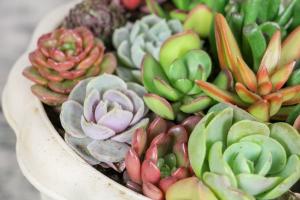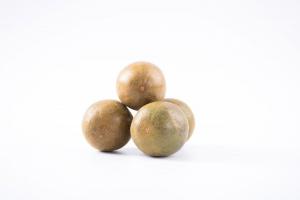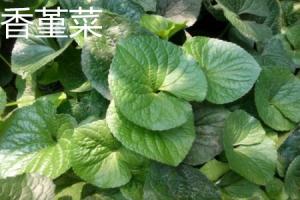1、 Curing method
1. Soil: generally, the selected soil for planting includes sandy loam and gravel soil. The acidic soil is very helpful to the growth of its roots and can promote its roots to be developed and strong

2. Water: it has a great demand for water. It needs to be watered adequately. When the soil is dry, it needs to be watered. Having sufficient water can make its branches and leaves lush and robust, but it can't be watered too much
3. Nutrient: organic fertilizer and fruit fertilizer are generally selected for topdressing, and an appropriate amount of fertilizer is selected and evenly scattered in the soil layer. Sufficient nutrients can make the plant grow healthily, and the fruit is thick, huge and sweet

4. Light: honey peach is a plant that likes plenty of sunlight. Sufficient and transparent light can make it grow well. However, it is not allowed to receive strong light all the time, which will affect the protection of water in its branches and leaves
2、 Breeding skills
1. Pruning: pruning should be divided into juvenile pruning and adult pruning. In their infancy, they should mainly raise branches and remove tips, which can better assist their branches and leaves to be strong. When the plant is grown, it should be pruned by ventilation, mainly pruning dense branches, diseased branches, old branches and dead branches
2. Propagation: grafting propagation is generally used, and robust buds are selected to be grafted on buds and seedlings. The grafted branches and buds will survive in about 10-15 days and can be transplanted in the spring of the coming year

3、 Diagnosis and treatment problems
1. Leaf shrinking disease: the common disease of peach breeding is leaf shrinking disease. The common onset time is during germination in early spring. At this time, stone sulfur mixture should be diluted and sprayed with water
2. Peach borer: the common pest is peach borer, which has a great impact on the erosion of honey peach. It should be protected at an early stage. Deltamethrin can be diluted with water and sprayed

4、 Other issues
1. How to spend the winter: in winter, the peach tree will hibernate. At this time, it should be watered with winter water. Then prune the dead branches, diseased branches and deformed trunk, which can make it stronger and stronger when it germinates in the early spring of the next year
2. Whether it can be eaten: honey peach is edible. Its pulp is thick and thin, hard peach is crisp, sweet and delicious, and soft peach is waxy, fragrant and juicy. It is a very common fruit


 jackfruit
jackfruit snake plant
snake plant hibiscus
hibiscus hydrangea
hydrangea lavender
lavender Green roses climb al...
Green roses climb al... If you don't pay att...
If you don't pay att... Management of four g...
Management of four g...

































